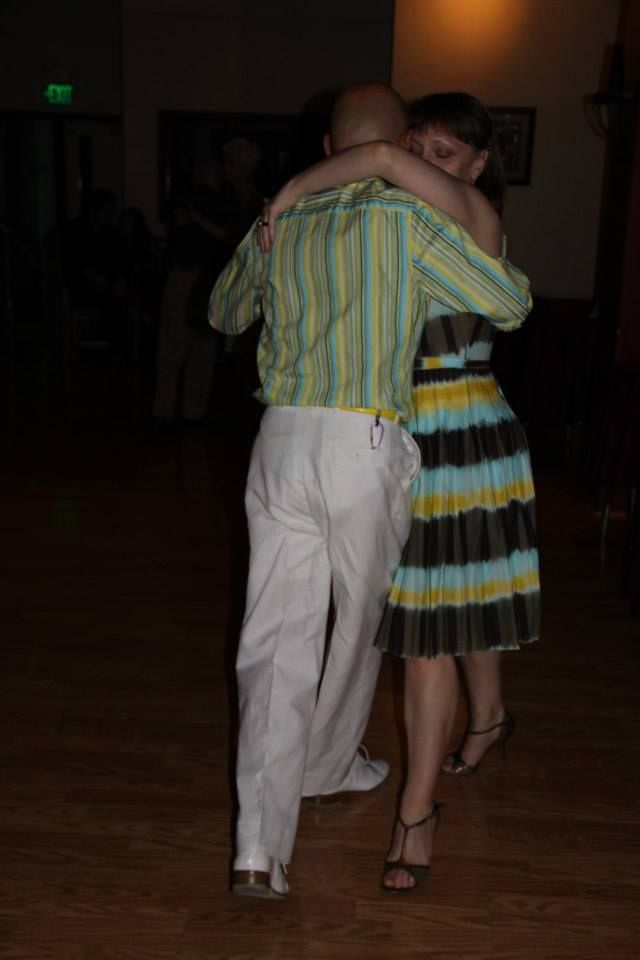
On learning Argentine Tango. Starting out in milongas.
In my opinion, starting Argentine Tango should not be different from entering any social community for the first time.
Before traveling abroad, we try to find out about some specific local rules and customs that, if not observed, paid attention to, could put us in trouble. When we begin at a new job, we do not start by saying that things had been done wrong (even if it seems so at times), and by teaching everyone new ways.
When we start socializing with any unfamiliar party, we listen, look around, pay attention, learn.
All teachers I have taken lessons from spoke about the rules, at least to certain extent. It might not be happening everywhere in every class people go to. I believe that instructor must speak about such matters as line of dance, navigation, social etiquette, in their classes. If your tango instructor never mentions that during lessons, then, perhaps, he or she is not qualified to teach tango, or does not intend to prepare the students to be social tango dancers. If your goal is to attend milongas, you better find another class.
Behaving as an adequate member of the tango community right from the start is more important for your success than knowing fancy steps.
Unfortunately, some people who take up lessons, attend milongas, are not interested in a social aspect of tango. For them tango means putting on a vintage dress with sparkles or a fedora hat, and become a passionate, exotic night creature that in real life they are not. Of course there is nothing wrong in dressing up and having fun per se. The problems begin when they bump into (pun intended) those for whom milonga is not a Halloween party, but a place where they open up, look for genuine connections, a social ritual where the codes of behavior are not arbitrary. The rules of etiquette are in place for good reasons.
They ensure that all the participants enjoy themselves in a safe environment, minimizing negative feelings and frustrations that may arise from social interactions in close quarters.
Understanding a culture, becoming part of it might be a fascinating journey, but it takes time and effort.
Tango is a culture, and as such, should be approached with sensibility and respect.
